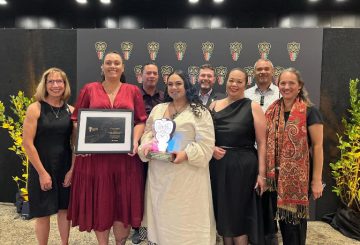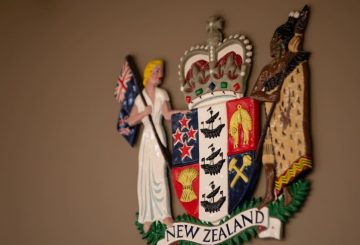남섬 내 접촉자 100명
재신다 아던(Jacinda Ardern) 총리는 오늘 오후 뉴질랜드는 최소한 2021/08/27(금) 자정까지 록다운 단계를 계속 유지할 것이라고 발표했다.
오클랜드는 2021/08/21(화)까지 봉쇄될 예정이다. 이번 결정은 추가 감염자 발생을 염두에 둔 것이다.
폐수 검사 결과는 이번주 금요일 내각이 이번 사태를 검토할 때 다뤄진다.
총리는 최소한 14일 동안 오클랜드에서 4단계 방침을 유지할 것이라고 밝혔다. 오클랜드의 봉쇄 재검토는 다음주 월요일에 진행된다.
총리는 보건당국이 바이러스가 뉴질랜드에서 다시 기승을 부릴 것을 확신한다고 전했다.
“우리는 계속 이대로 진행할 것이다. 필요 이상의 제한은 없을 것” 라고 말한 총리는 사람들에게 꼭 필요한 일이 아닌 이상 집밖을 나서지 말 것과 마스크 착용을 촉구했다.
“4단계에서 벗어나려면 이 규칙들을 철저히 따라야 한다” 또한 바이러스 접촉자로 의심되는 사람들은 자가격리가 필요하며 다른 사람에게 쇼핑을 부탁해야 한다며 “도움이 필요한 경우 요청하라”고 말했다.
총리는 이어 백신 예방 접종을 촉구했다. “델타 확산을 대비한 그림을 그리고 있다”면서 크라운 플라자(Crowne Plaza )와 제트 파크(et Park) 시설의 전직원 바이러스 재검사 결과를 통해서는 코로나가 어떻게 지역사회로 유입되었는지에 대한 단서를 새롭게 발견하지 못했다고 말했다.
오클랜드에서만 108,000건의 검사가 이뤄졌다고 말했는데, 이는 귀감이 될만한 예라면서 모두 침착하게 검사를 받은 것에 대한 감사를 표했다.
폐수 검사는 오클랜드와 웰링턴에서만 양성 반응이 나왔다.
“델타 변이의 경우 더욱 확고한 확신이 필요하다”고 말한 총리는 몇몇 남섬 지역에서 바이러스 접촉자들이 이동한 경로가 그려진 지도를 들어보이면서, 남섬에서 100명 이상의 접촉이 있었던 것으로 보인다고 말했다.
그녀는 록다운이 발표된 후 48시간 동안 8,000명에 달하는 사람들이 오클랜드를 떠나 집으로 돌아갔다고 말했다.
슈퍼마켓, 약국, 주유소에 들어갈 때에는 QR 코드를 스캔해야 한다.
또한, 12세 이상이면 상점, 주유소, 약국 및 기타 필수 서비스를 방문할 때 반드시 마스크를 착용해야 하며, 해당 장소의 직원들도 마찬가지다. 버스 터미널과 택시에서도 마스크 착용은 필수적이다.






























































